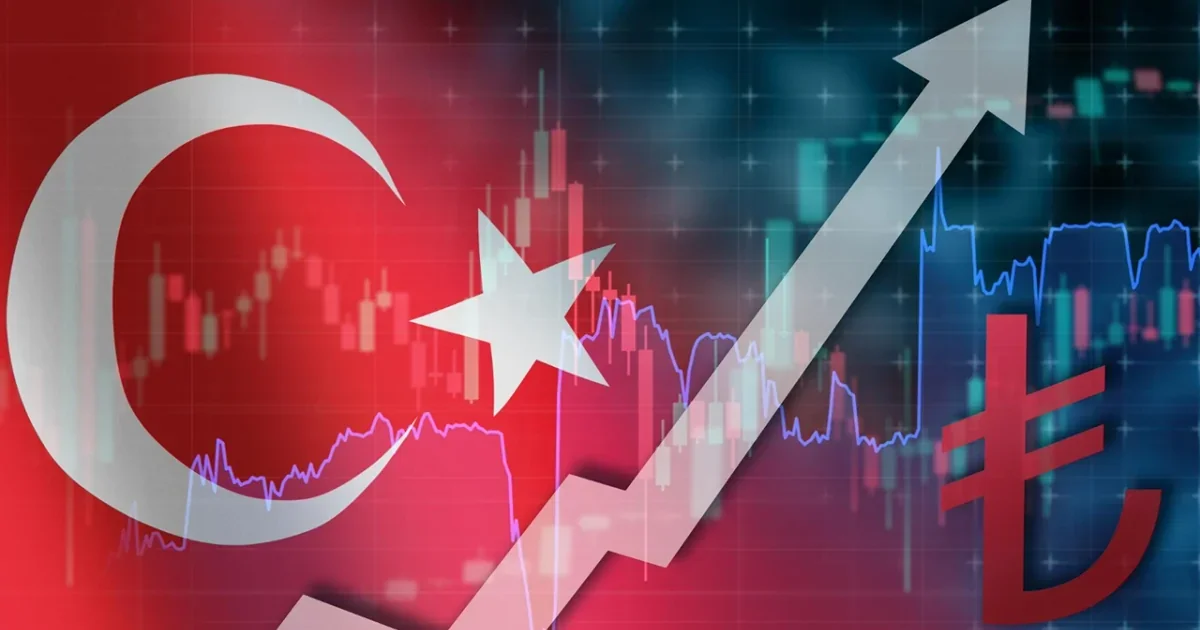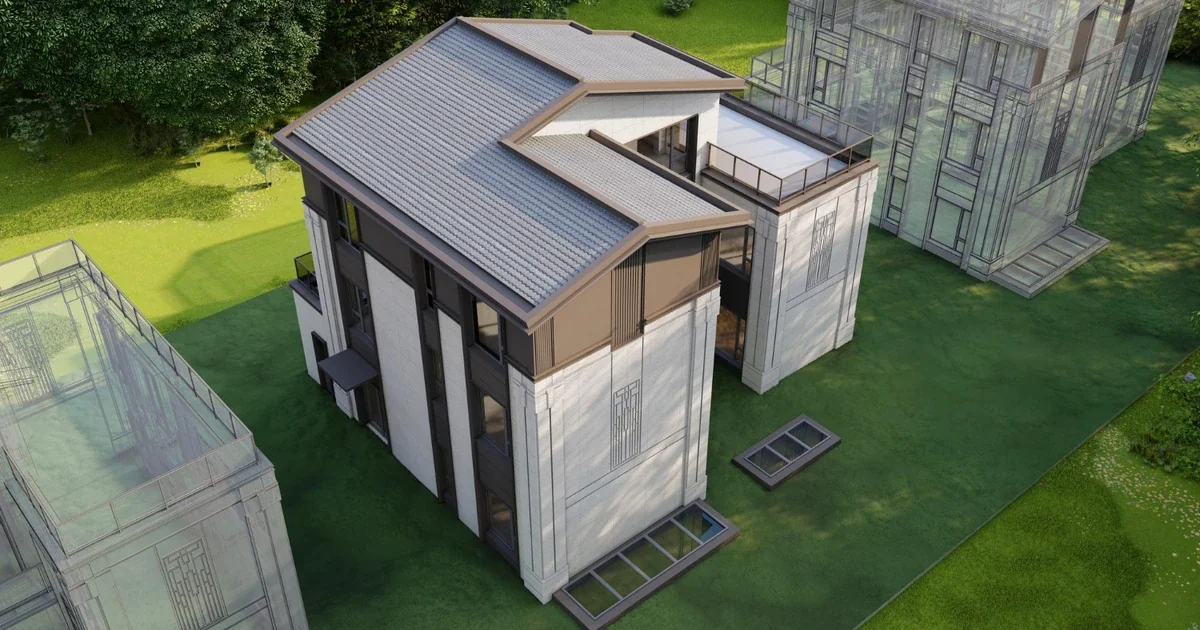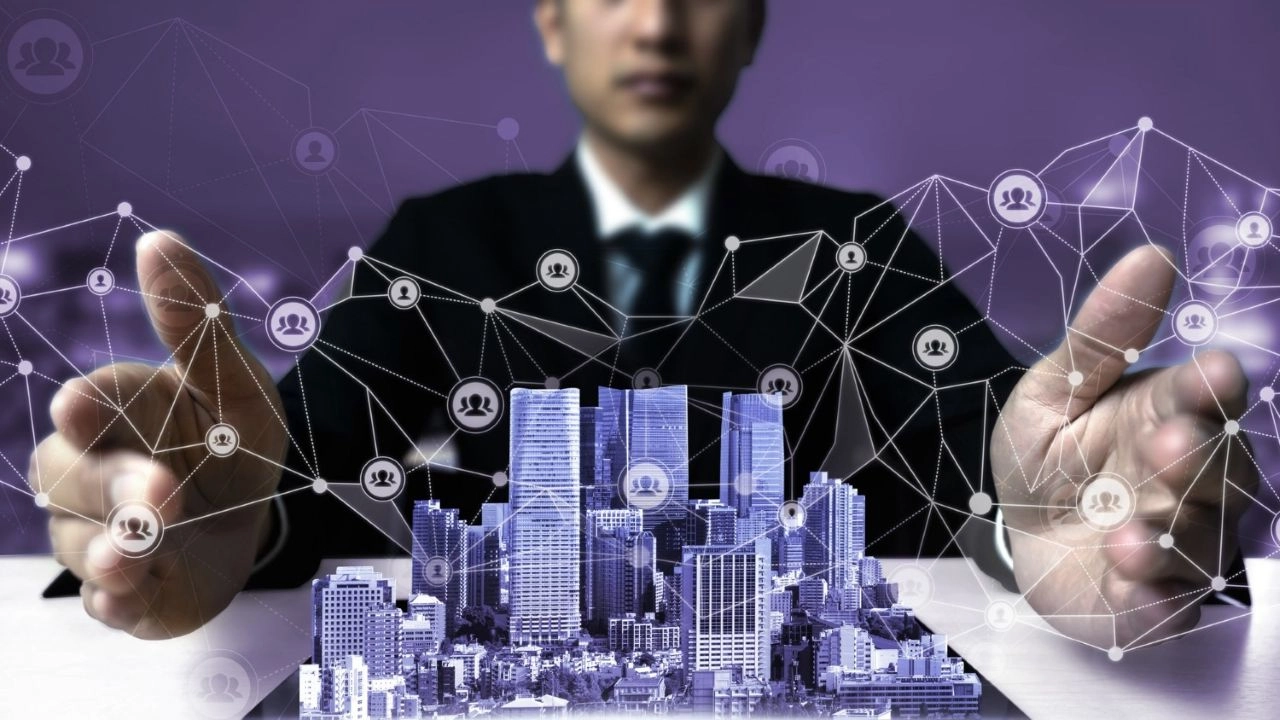Al Sa’fat Green Building System in Dubai
June 23, 2025
Al Sa’fat was launched in October 2020 as the primary regulatory framework for green buildings in Dubai, with the aim of promoting sustainability and increasing energy efficiency in both new and existing buildings. The system was designed to align with the Dubai Urban Master Plan 2040 and the UAE Energy Strategy 2050, both of which seek to reduce carbon emissions and increase the share of clean energy in the UAE’s energy mix to 75% by 2050. Al Sa’fat classifies buildings into four categories: Bronze, Silver, Gold, and Platinum. Each category requires meeting a set of mandatory and optional criteria in areas such as thermal insulation, use of sustainable materials, production of renewable energy, water management, and integration of smart technologies to ensure occupant comfort and reduce resource consumption.
Since its adoption, Al Sa’fat has become mandatory for all new projects seeking a building permit in Dubai, with a regulatory platform provided by Dubai Municipality and the Virtual Assets Regulatory Authority (VARA) to document classification stages and issue digital certificates for buildings that meet the required criteria. Since its inception, the application of Al Sa’fat standards has contributed to reducing carbon emissions by approximately 2.28 million metric tons through reductions in energy and water consumption in certified buildings by up to 35% in some higher tiers. This transformation offers developers and investors investment opportunities through sustainable construction projects and the adoption of energy-efficient technologies, especially with government incentives for facilities achieving higher Al Sa’fat ratings and privileges such as low-interest green financing.
Al Sa’fat System for Green Buildings
1. Establishment and Motivations
The Al Sa’fat regulation for green buildings was issued under Administrative Decree No. 154 of 2020 by Dubai Municipality, making it the primary reference for classifying buildings according to green building standards in the Emirate. This decision came in light of the government’s direction toward achieving sustainability goals and ensuring sustainable urban growth in line with the Dubai Urban Master Plan 2040 and the UAE Energy Strategy 2050, which aims to increase the share of clean energy to 75% by 2050 and reduce carbon emissions.
2. Supervising Authorities
Dubai Municipality is fully responsible for overseeing the Al Sa’fat system, from reviewing and monitoring compliance with specifications to issuing final certificates for buildings that meet the defined criteria. The Virtual Assets Regulatory Authority (VARA) works to approve the digital platforms used to document Al Sa’fat classifications and issue certificates through a secure and transparent registry that relies on smart technologies to ensure data integrity and ease of access.
Al Sa’fat Categories and Accreditation
1. Bronze Sa’fa
Mandatory: All new buildings in Dubai are required to obtain at least a Bronze Sa’fa rating to secure a building permit, effective from September 2020.
Basic Requirements: These include mandatory criteria in:
- Thermal insulation of walls, roofs, and windows according to desert climate insulation standards.
- Use of high-efficiency LED lighting to reduce electricity consumption.
- Installation of smart meters for real-time monitoring of water and electricity consumption.
- Designated parking spaces for electric vehicles and a separate area for bicycles.
2. Silver Sa’fa
Additional Optional Requirements: To elevate a building’s rating to Silver Sa’fa, greater resource savings must be achieved:
- Installation of photovoltaic (PV) solar energy systems on building rooftops to generate renewable energy.
- Use of double-glazed windows and shading devices to reduce heat transfer.
- Implementation of natural ventilation strategies to reduce reliance on artificial air conditioning.
- Use of recycled building materials or materials with low carbon emissions.
- Provision of a rainwater harvesting system for use in irrigation and cleaning.
3. Gold Sa’fa
More Stringent Criteria: To achieve a Gold Sa’fa rating, a building must achieve approximately 32% energy savings compared to the minimum Bronze criteria:
- Installation of gray water recycling systems (e.g., water from showers and washing) for use in irrigation and cooling systems.
- Adoption of a Building Management System (BMS) for intelligent control of lighting and air conditioning to reduce electrical waste.
- Use of innovative technologies such as smart sensors to automatically control lighting and ventilation based on occupant presence.
- Implementation of green roofs covering at least 30% of the roof area to be exempt from certain insulation requirements.
4. Platinum Sa’fa
Highest Level of Sustainability: A Platinum Sa’fa rating requires achieving energy savings exceeding 35% compared to the Bronze rating:
- Integration of solar thermal cooling systems.
- Utilization of energy storage technologies in batteries to cover the building’s needs during peak periods.
- Achieving at least 50% recycling of gray water for non-potable uses.
- Adhering to Zero Carbon building concepts or approaching them through carbon offsetting using approved methods.
Economic and Environmental Benefits
1. Economic and Environmental Advantages
Data from Dubai Municipality indicate that Silver Sa’fa achieves energy savings of up to 19%, while Gold Sa’fa reaches 32% and Platinum Sa’fa reaches 35% compared to the minimum Bronze criteria. Since its launch, the program has contributed to reducing carbon emissions by approximately 2.28 million metric tons through the application of energy efficiency technologies and gray water treatment, bolstering the Emirate’s efforts to achieve carbon neutrality in the near future.
2. Opportunities for Developers and Investors
- Incentivizing investors through special government and tax incentives for buildings with high ratings, such as reduced municipal fees and exemptions from certain service charges.
- Opportunities for financing through low-interest green loans for projects achieving Gold or Platinum Sa’fa to cover the initial cost difference of sustainable technologies.
- Possibility of retrofitting existing buildings to upgrade their Sa’fa ratings by adding insulation systems and smart technologies, creating a secondary market for specialized engineering and consultancy services in green retrofitting.
Monitoring and Implementation Mechanisms
1. Role of Dubai Municipality
- Mandatory Compliance: Building permits are not issued until proof is provided that the project has achieved at least a Bronze Sa’fa rating. The Building Permits Department reviews documents and engineering reports before construction begins.
- Inspection and Follow-up: Specialized teams from Dubai Municipality conduct field inspections during construction phases and during operation to verify compliance with Al Sa’fat standards throughout the building’s lifecycle.
2. Certification and Documentation
- Issuance of Digital Certificates: Dubai Municipality issues an electronic certificate bearing the Sa’fa logo and its category (Bronze, Silver, Gold, Platinum) to buildings that pass the final inspection.
- Continuous Monitoring: Operational data (energy and water consumption) are periodically uploaded to municipal records to ensure ongoing performance and verify that building efficiency does not decline after accreditation.
Challenges and Solutions
1. Initial Costs
The cost of sustainable materials such as advanced insulation, solar panels, and smart systems is 10–20% higher than traditional building costs. However, bulk procurement contracts can secure discounts from suppliers, and government green loans can help reduce the financial burden on developers. Operational savings over time, such as reducing electricity and water bills by more than 30% annually, offset the initial cost difference.
2. Lack of Trained Personnel
There is a shortage of engineers and architects trained in Al Sa’fat standards and digital documentation procedures. To address this, accredited training programs have been launched by Dubai Municipality and local universities such as Khalifa University. Collaboration with specialized training centers is underway to qualify technicians, and partnerships between the public and private sectors are encouraged to launch periodic workshops and awareness seminars.
3. Development of Supporting Infrastructure
There is a need for smart grid networks to support the integration of local solar energy and improve electricity distribution. For this reason, joint projects have been established between Dubai Electricity and Water Authority (DEWA) and renewable energy providers to create an integrated smart infrastructure. Water networks have also been improved to accommodate gray water recycling stations, connecting them centrally in residential neighborhoods for future expansion.
The Future of Al Sa’fat and Green Buildings in Dubai
It is expected that by 2030, Dubai will see a significant increase in the number of buildings achieving higher Al Sa’fat ratings, with more than 60% of new projects becoming environmentally friendly and sustainable. Dubai Municipality continues to update Al Sa’fat standards periodically to incorporate emerging technologies such as 3D printing for construction and artificial intelligence to analyze and automatically adjust energy consumption data. Additionally, Dubai is leading the export of the Al Sa’fat model to other cities through international partnership initiatives, leveraging its experience with projects such as zero-emission buildings in Masdar City and enhancing its contribution to global efforts to combat climate change.
Read also: Analysis of UAE Real Estate Market Growth 2025 and Investment Opportunities
Al Sa’fat has proven its effectiveness as a tool for raising the sustainability level of buildings and energy efficiency in Dubai by enforcing stringent standards and rigorous monitoring programs. This system offers developers and investors new opportunities to invest in green building technologies while ensuring economic returns and reducing carbon emissions. With continued government support and ongoing updates to standards, Dubai is expected to solidify its position as a global model for environmentally friendly buildings and urban sustainability.
Read also:
Keywords
What is your budget?
Recommended Articles

November 13, 2025
Turkey’s 2025 Economic Program: How Will It Affect Inflation, the Lira, and the Real Estate Market?
The new Turkish economic program: what it means for investors and how it will impact inflation, the lira, and real-estate investment opportunities in Turkey.

July 8, 2025
Modular vs. Traditional Construction: Speed, Cost, and Durability
A comparison of modular and traditional construction in terms of execution speed, project costs, and durability—essential insights for real‑estate investors.

June 26, 2025
Blockchain-Based Real-Estate in Dubai
Discover how fractional real-estate tokenization via blockchain in Dubai opens secure, unique investment opportunities.
